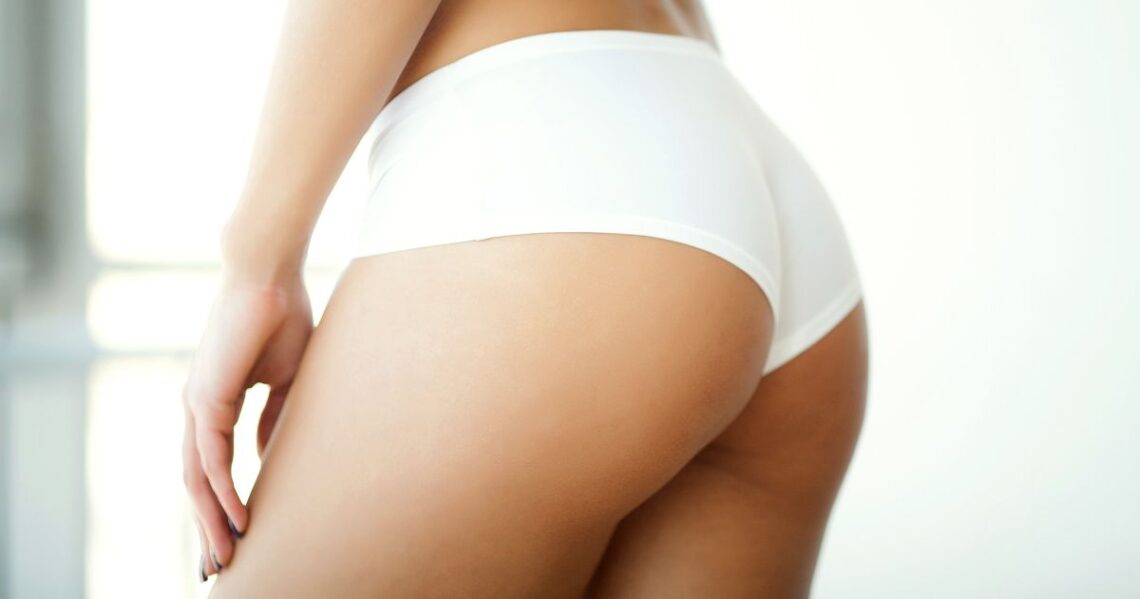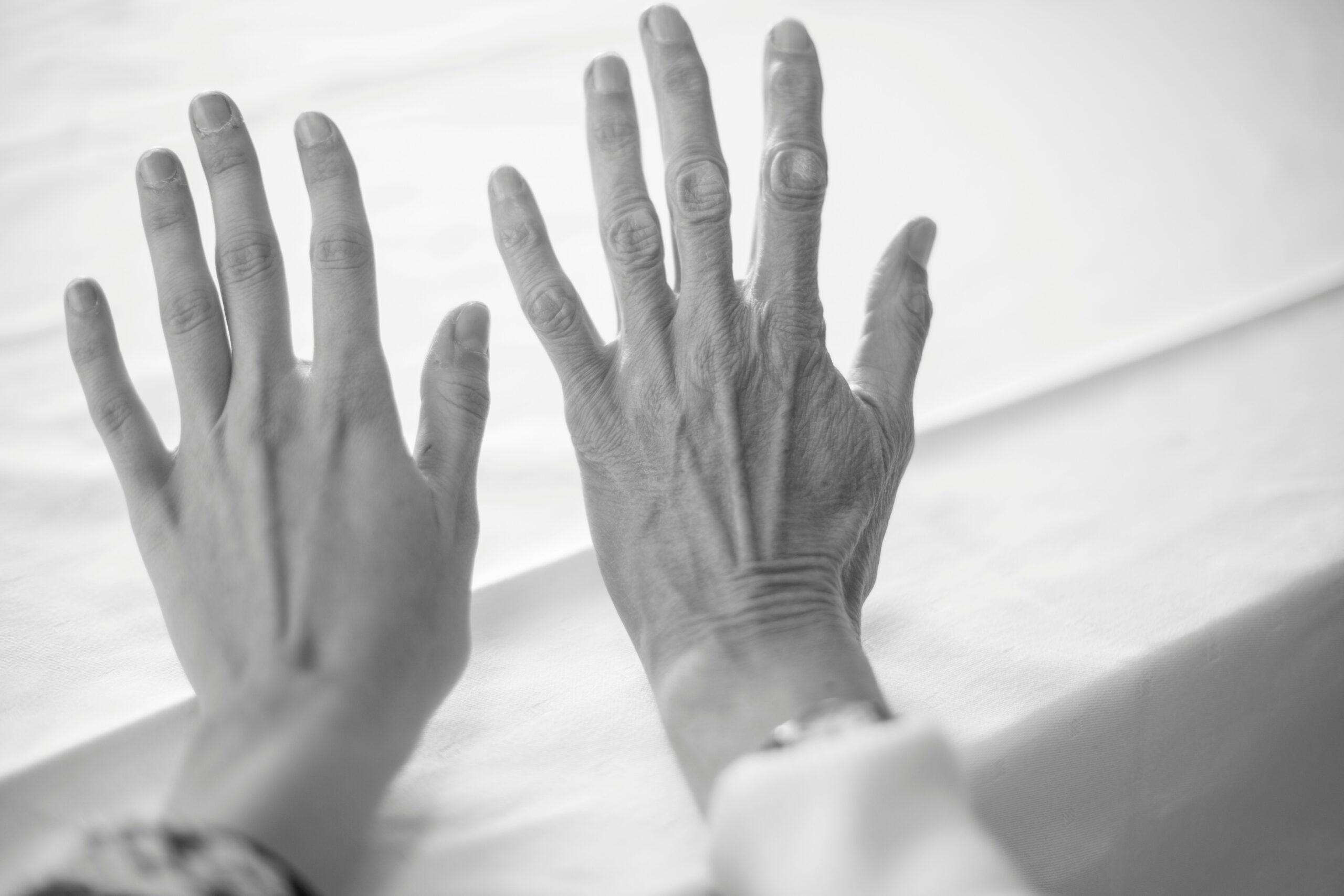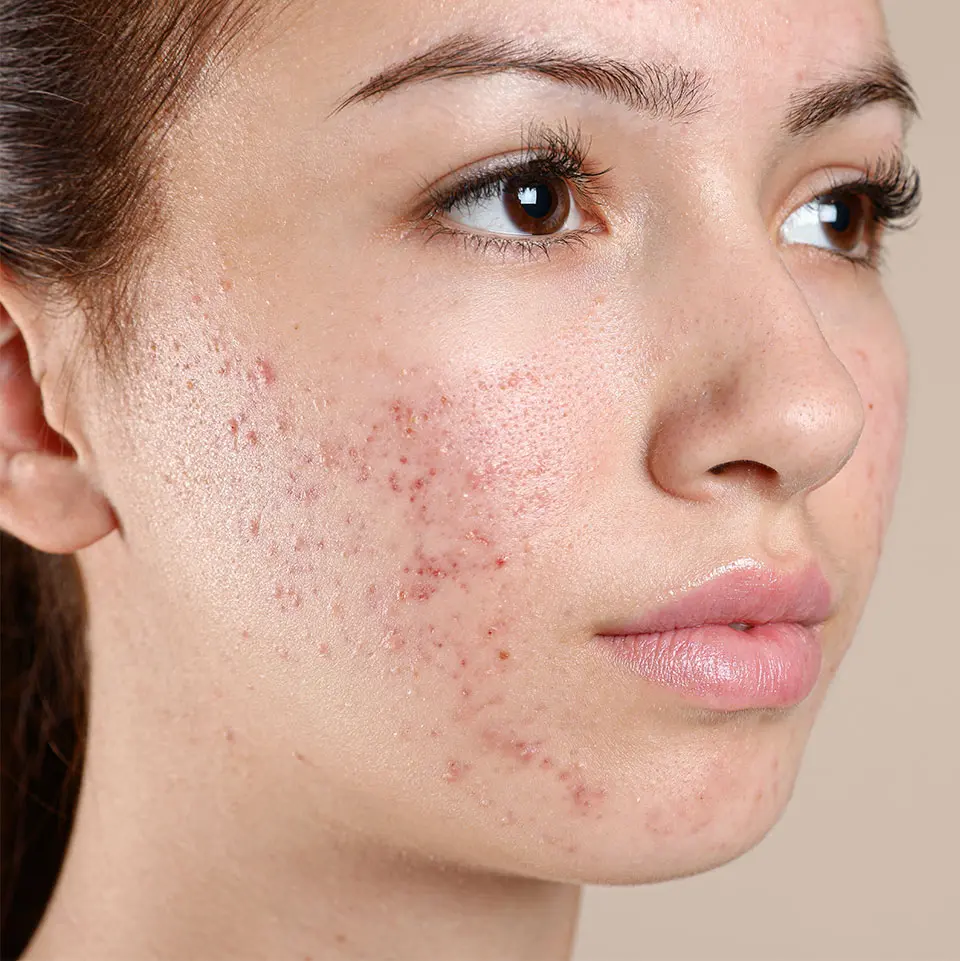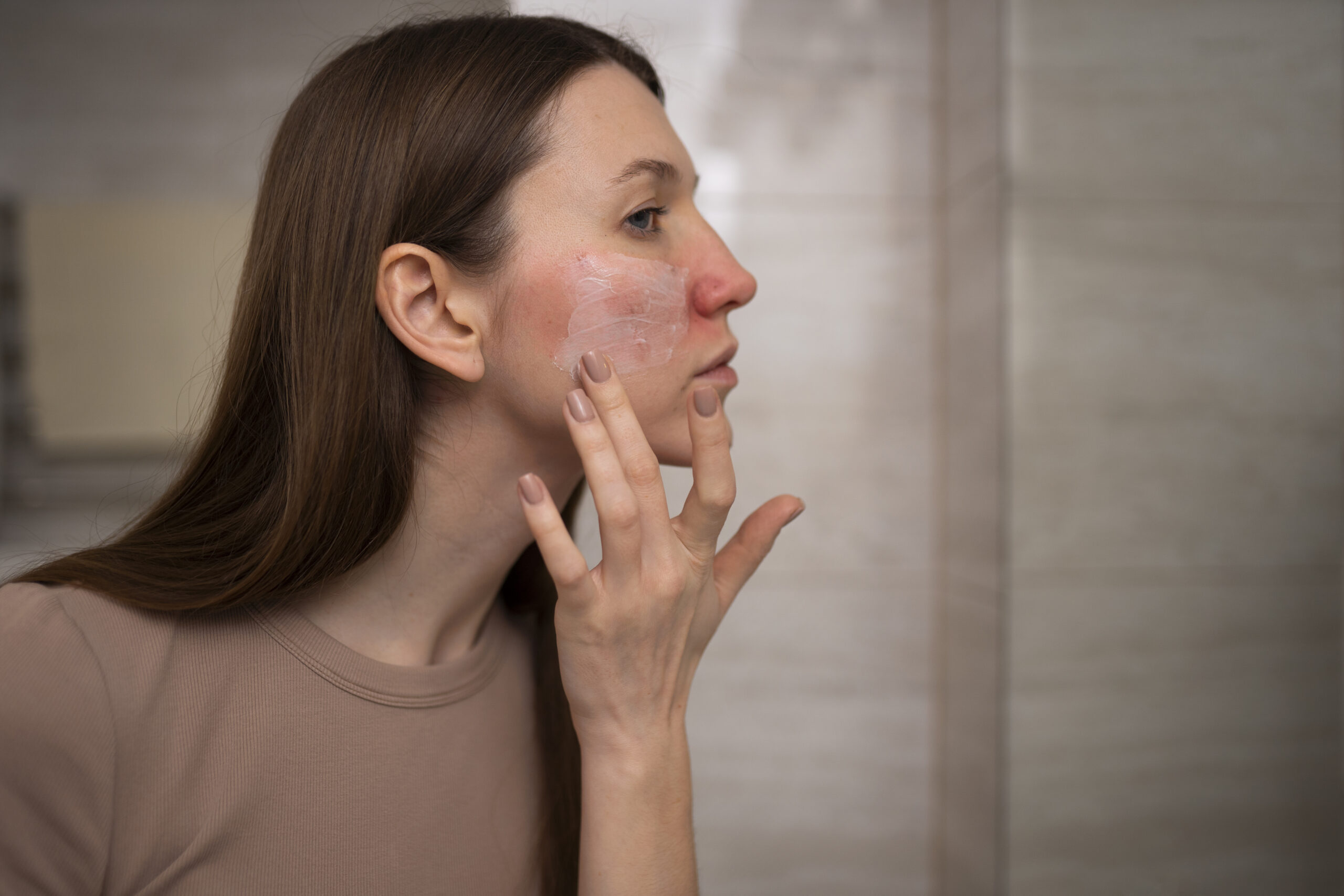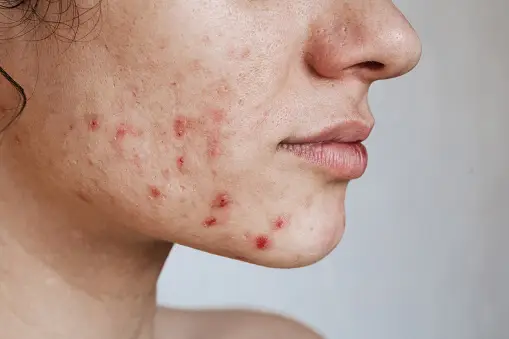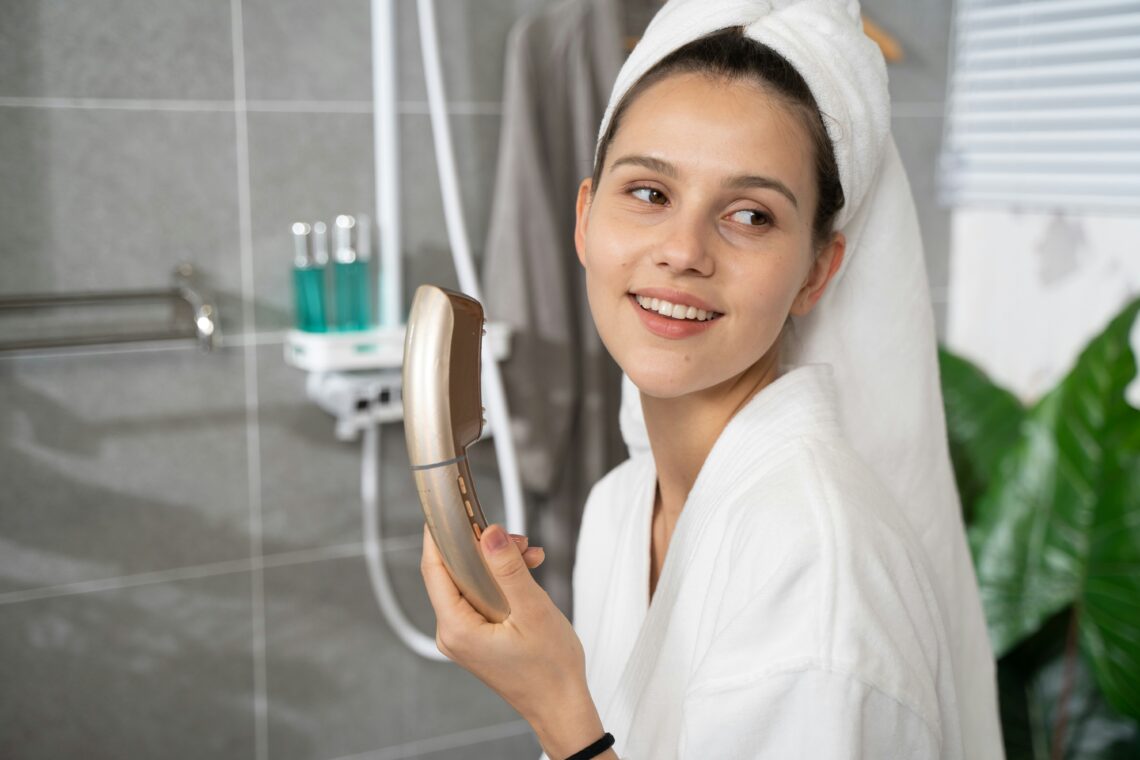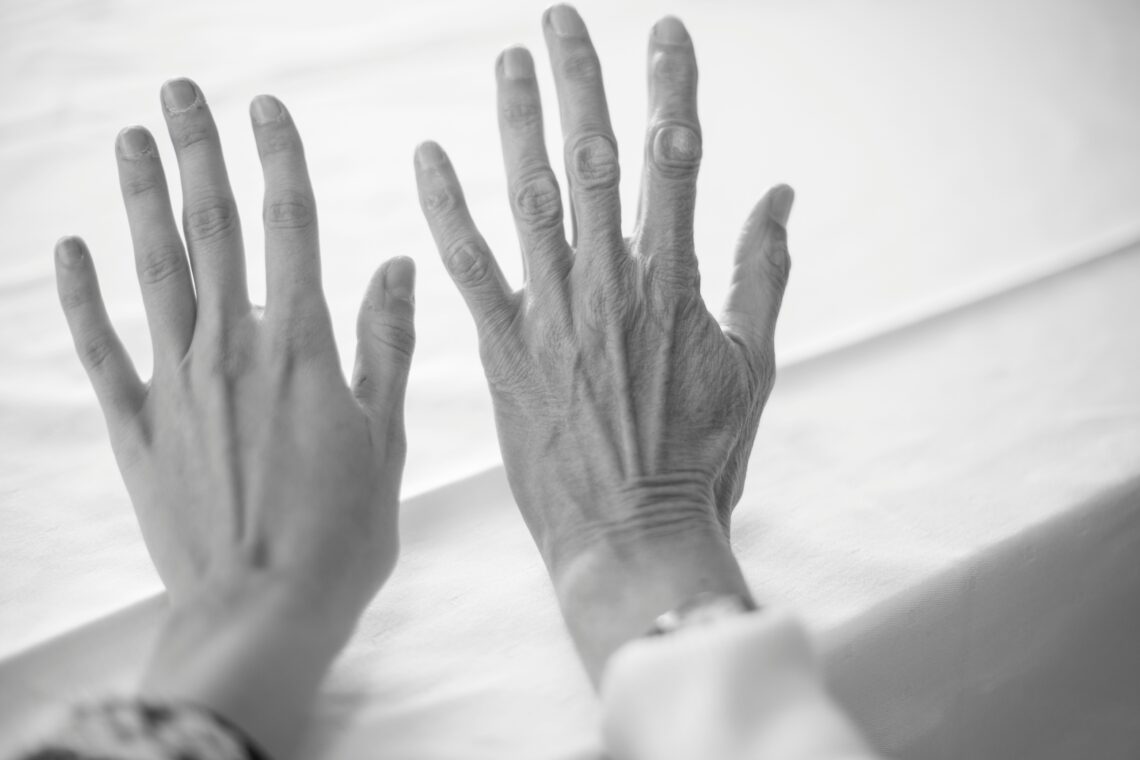Struggling with a summer butt breakout? Don’t sweat it, Dr. Skincare summer editorial giving you the derm-backed summer bum acne treatment, to help you beat bum acne and breeze through the heat wave.
Bum acne, or folliculitis, is a common skin concern that many people experience but few talk about. It appears as red bumps, pimples, or even painful cysts on the buttocks, usually caused by clogged hair follicles, friction, or bacterial infection. While it’s not the same as facial acne, it can be just as frustrating. The good news is that with the right care and habits, bum acne is treatable and preventable.
What Causes Bum Acne?
Why Does It Get Worse in Summer?
Bum acne, technically referred to in many cases as Folliculitis, is commonly mistaken for regular acne but has different underlying causes. According to experts at the Cleveland Clinic and Healthline, many red bumps or pimples that appear on the buttocks are inflamed or infected hair follicles, often triggered by friction, bacteria, or sweat buildup. These factors become more problematic during hot summer months, when heat and moisture increase skin irritation and clogging.
Here are the most common culprits behind bum acne:
- Friction & Tight Clothing
Wearing tight-fitting or non-breathable fabrics—like leggings or synthetic underwear—creates friction that irritates hair follicles. Combine that with sweat, and it’s a recipe for folliculitis. - Sweat & Poor Hygiene: When sweat and oil sit on the skin for too long—especially after workouts or long periods of sitting—it can lead to bacterial overgrowth and clogged pores. Healthline emphasizes the importance of showering promptly and changing into clean clothes to reduce this risk.
- Clogged Hair Follicles: Dead skin cells and sebum can block follicles, similar to acne mechanisms on the face or back. This blockage creates a warm, moist environment ideal for inflammation or infection.
- Bacterial or Fungal Infections: Some breakouts are caused by specific pathogens like Staphylococcus aureus (bacterial folliculitis) or yeast (fungal folliculitis). These cases may require more targeted treatments, such as antimicrobial washes or prescription creams.
- Other Skin Conditions: Sometimes, what looks like bum acne may be keratosis pilaris, boils, or contact dermatitis. If bumps are persistent, painful, or worsening, it’s best to consult a dermatologist to rule out other skin conditions.
However, according to Cleveland Clinic expert, “If standard skincare and hygiene don’t help, it may not be acne at all. Folliculitis and boils are common misdiagnoses in this area.”
When to See a Dermatologist?
Don’t worry, but do pay attention. If your bum acne doesn’t improve after a few weeks of consistent home care, or if it becomes painful, spreads, or starts forming deep cysts, it’s time to consult a dermatologist. Persistent or severe cases may require prescription-strength treatments, such as topical antibiotics, antifungals, or stronger retinoids. Moreover, a dermatologist can also help rule out other skin conditions that mimic acne, like boils, keratosis pilaris, or contact dermatitis. Early intervention can prevent scarring and long-term irritation.
7 Tips For Summer Bum Acne Treatment
Summer heat, sweat, and friction can make bum acne worse, but the right habits can make a big difference. Here are 7 dermatologist-recommended tips to help keep your skin smooth, clear, and comfortable:
1: Use a Gentle Exfoliating Wash
Cleanse the area with a mild body wash containing exfoliating ingredients like salicylic acid or glycolic acid. This helps unclog pores without irritating the skin.
Editor picks:
Cerave: SA Smoothing Cleanser
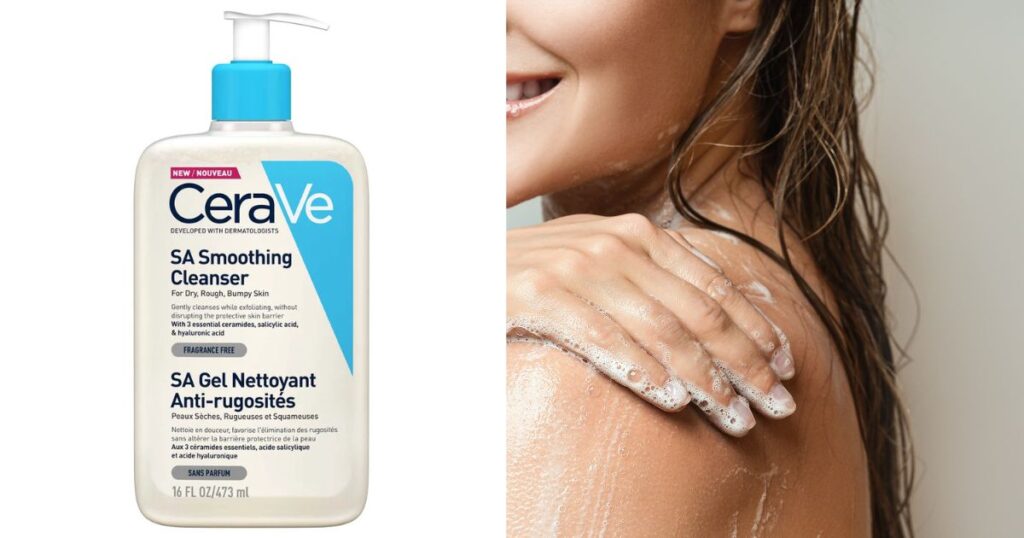
This non-abrasive cleanser uses salicylic acid to gently exfoliate and unclog pores—ideal for treating bum acne. With ceramides and hyaluronic acid, it also helps maintain the skin’s moisture barrier. Fragrance-free and suitable for daily use on body and face.
Paula’s Choice: Weightless Body Treatment 2% BHA
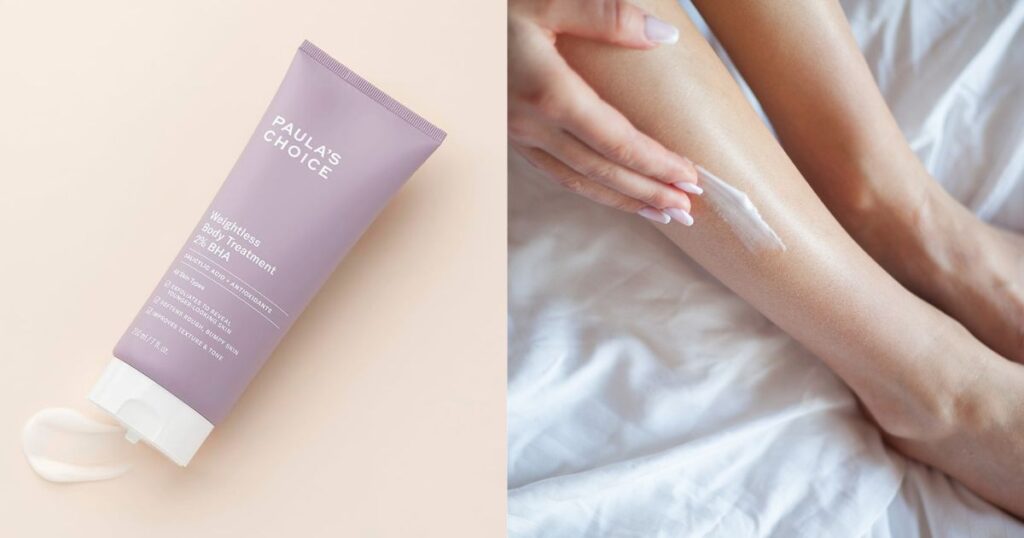
This lightweight lotion combines 2% salicylic acid with green tea extract to unclog pores, smooth bumps, and calm redness. Ideal for acne-prone areas like the buttocks, it absorbs quickly without feeling greasy—perfect for summer use.
💡 Noted Tips for Summer Bum Acne Treatment:
- Start 2–3 times per week, then increase as tolerated.
- Moisturize after use with a non-comedogenic lotion.
- Avoid using right after shaving to reduce irritation.
2. Wear Breathable Underwear
Opt for cotton or moisture-wicking fabrics to reduce sweat and friction. Tight or synthetic materials trap heat and bacteria, increasing your risk of breakouts.
3. Shower After Sweating
Always rinse off after workouts or time outdoors. Sweat left on the skin can clog hair follicles and attract bacteria.
4. Apply a Spot Treatment
Dab on treatments with benzoyl peroxide, tea tree oil, or zinc to calm inflammation and kill bacteria. Use sparingly to avoid over-drying.
Editor picks:
Murad Duo: Rapid Relief Spot Treatment + InvisiScar Resurfacing Treatment
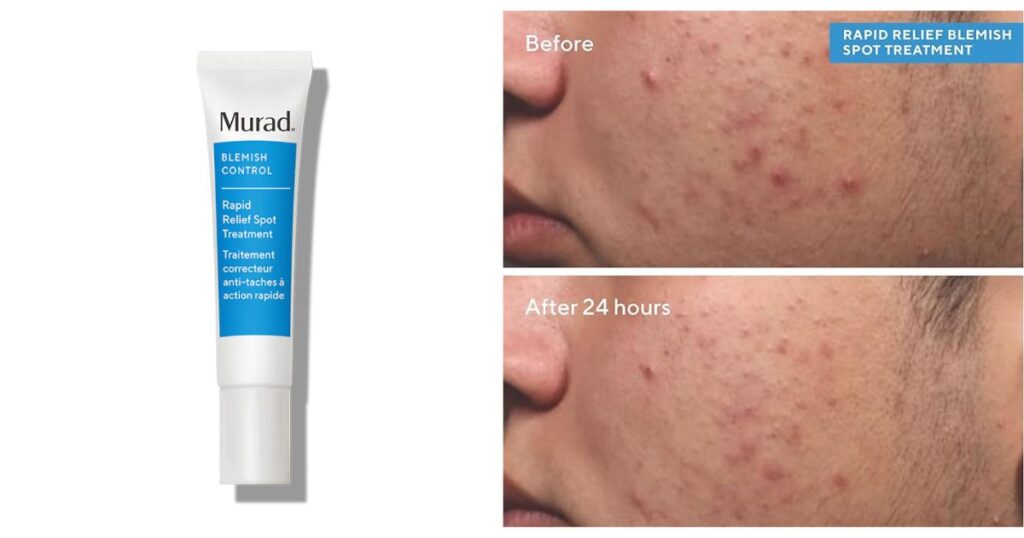
the best summer bum acne treatment with Murad powerhouse pair:
Start with Rapid Relief Spot Treatment, a clear gel with 2% salicylic acid that penetrates fast to unclog pores and calm inflammation. It’s clinically proven to reduce redness and bump size within 4 hours, and its lightweight formula is perfect for summer—absorbing quickly and wearing comfortably under clothes.
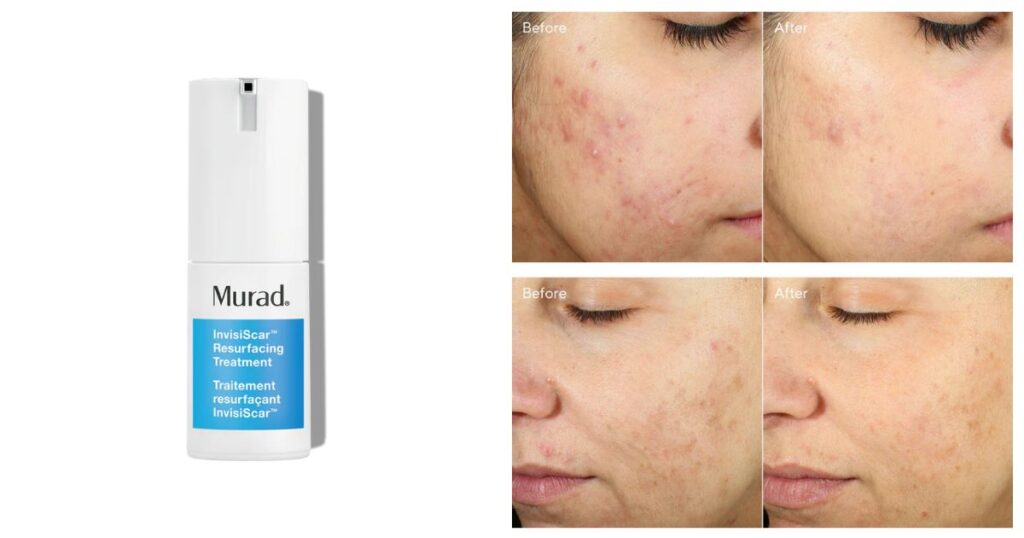
Once the breakout clears, switch to InvisiScar Resurfacing Treatment. This targeted gel blends salicylic acid, Centella Asiatica, and Vitamin C to fade dark spots and smooth skin texture. It visibly improves scars in as little as 8 weeks and leaves a soft-blur finish right away.
💡 Pro Tip: Use Rapid Relief at the first sign of a breakout, then follow up with InvisiScar to fade marks. Don’t forget SPF to protect healing skin. To know more about SPF wearing in the summer.…
La Roche‑Posay: Effaclar Duo [+] Spot Treatment
![Summer Bum Acne Treatment derm-backed recommendation: La Roche‑Posay: Effaclar Duo [+] Spot Treatment](https://drskincare.co.uk/wp-content/uploads/2025/06/5-1024x538.jpg)
Formulated with benzoyl peroxide and niacinamide, this spot treatment reduces active breakouts while calming irritation. Its non-greasy, non-bleaching formula makes it safe for body use—even under clothing.
5. Avoid Tight Clothing
Skinny jeans and leggings may be stylish, but they can trap heat and irritate the skin. Choose looser, breathable fits—especially in hot weather.
6. Do NOT Ever Pick or Squeeze!
Picking at bumps can cause scarring or worsen infection. Let treatments work and resist the urge to touch.
7. Moisturize with a Lightweight Lotion
Keeping skin hydrated is key, but use a non-comedogenic, fragrance-free moisturizer. Look for soothing ingredients like niacinamide or aloe vera.
Editor picks:
CeraVe: Daily Moisturizing Lotion
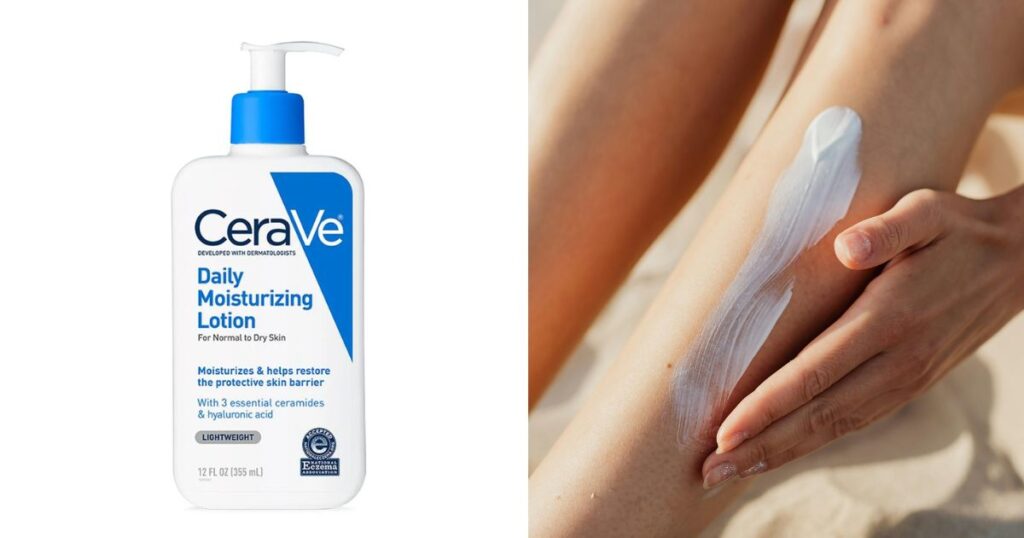
Formulated with skin-restoring ceramides and hydrating hyaluronic acid, this fragrance-free lotion replenishes moisture without clogging pores. Its lightweight texture absorbs quickly, making it ideal for use after exfoliating washes or spot treatments without leaving any greasy residue.
La Roche‑Posay: Lipikar Fluide
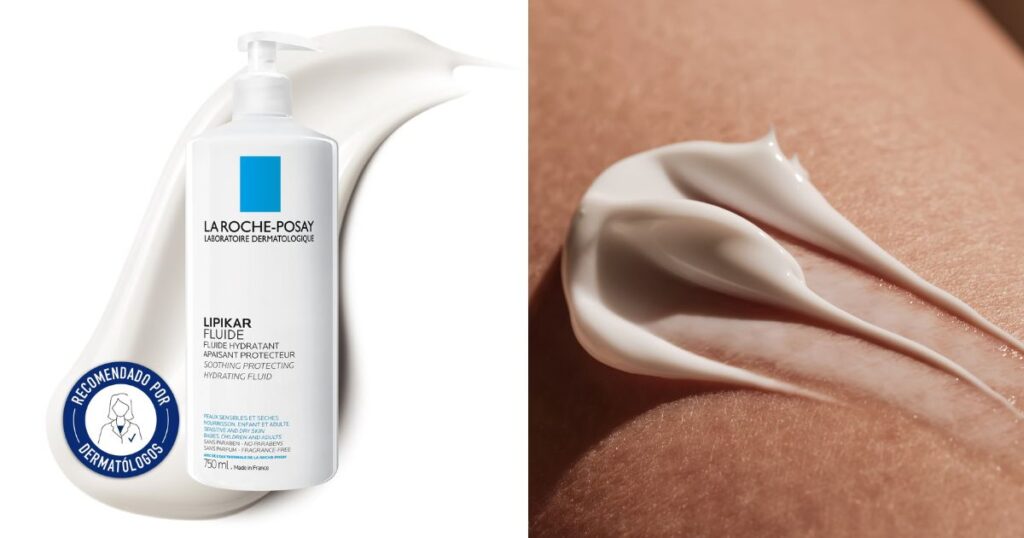
Part of La Roche‑Posay’s sensitive-skin line, this fluid lotion combines niacinamide, glycerin, and soothing thermal spring water. It calms irritation and strengthens the skin barrier—perfect for post-bum-acne application.
Stop Skin from Aging: Why Vitamin C and SPF Are The Best Defenders
Aging a natural process as well as a fact of life — but premature skin aging doesn’t have to be. Wrinkles, fine…
How to battle your acne through skincare
Acne is one of the most common skin concerns throughout all ages and skin types. There are different types of…
Acne Treatment for Sensitive Skin: According to Dermatologist
Why Acne Treatment is Tricky for Sensitive Skin? Taking care of acne can already be overwhelming – but if you also…
Clear Skin on a Budget: Affordable Acne Treatment Options
One of the most common skin conditions, affecting millions of individuals worldwide, is acne. This can be a rather distressing…

